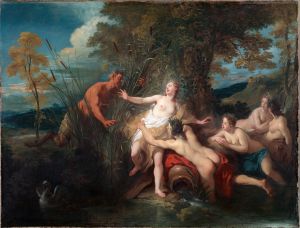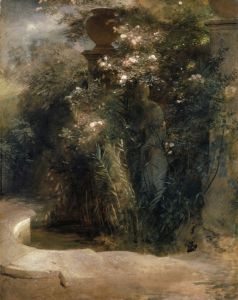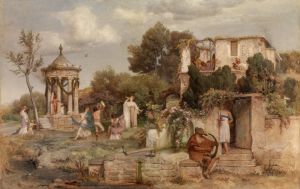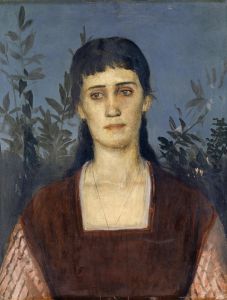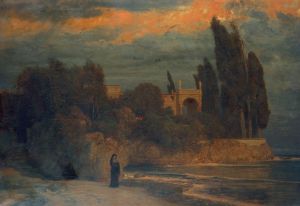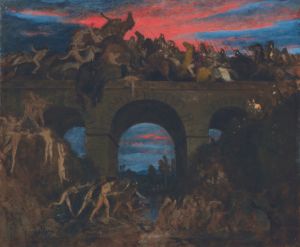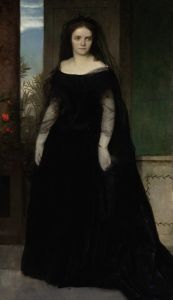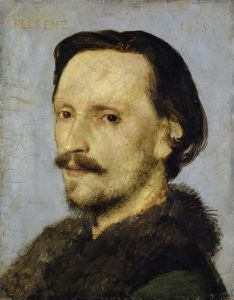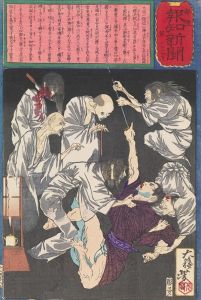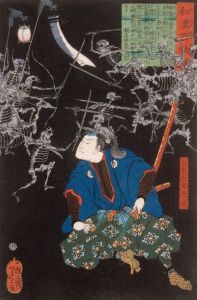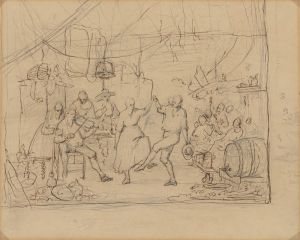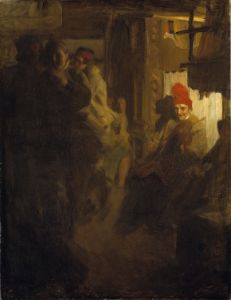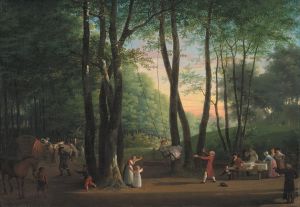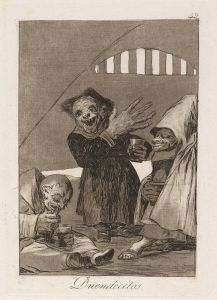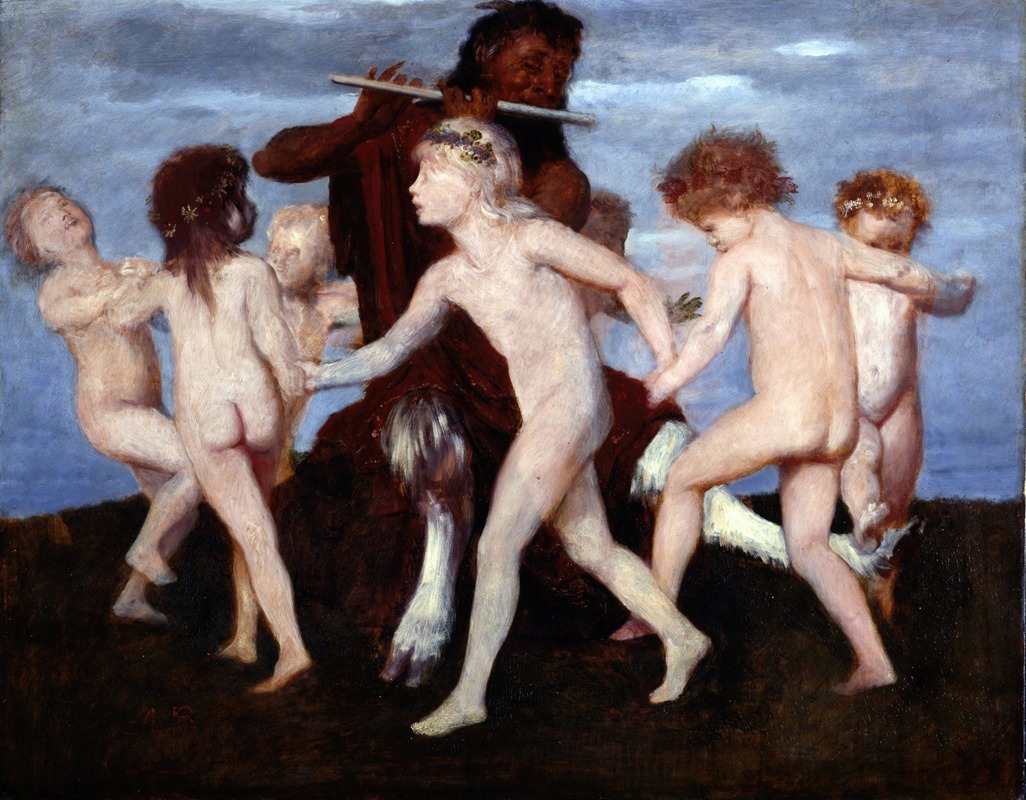
Pan Dancing with Children
A hand-painted replica of Arnold Böcklin’s masterpiece Pan Dancing with Children, meticulously crafted by professional artists to capture the true essence of the original. Each piece is created with museum-quality canvas and rare mineral pigments, carefully painted by experienced artists with delicate brushstrokes and rich, layered colors to perfectly recreate the texture of the original artwork. Unlike machine-printed reproductions, this hand-painted version brings the painting to life, infused with the artist’s emotions and skill in every stroke. Whether for personal collection or home decoration, it instantly elevates the artistic atmosphere of any space.
Arnold Böcklin was a Swiss symbolist painter known for his imaginative and often fantastical works. One of his notable paintings is "Pan Dancing with Children," which reflects his fascination with mythological themes and the natural world. Böcklin's work often blurs the line between reality and fantasy, and this painting is no exception.
"Pan Dancing with Children" depicts the Greek god Pan, a rustic deity associated with nature, shepherds, and flocks. Pan is traditionally portrayed as having the hindquarters, legs, and horns of a goat, resembling a faun or satyr. In this painting, Böcklin captures Pan in a lively and joyful moment, dancing amidst a group of children. The scene is set in a lush, idyllic landscape, typical of Böcklin's work, which often features serene and dreamlike environments.
The painting is characterized by its vibrant colors and dynamic composition. Böcklin's use of light and shadow adds depth to the scene, creating a sense of movement and vitality. The children in the painting appear to be entranced by Pan's presence, joining him in a dance that symbolizes the harmony between humans and nature. This theme of unity with the natural world is a recurring motif in Böcklin's oeuvre.
Böcklin's interest in mythology and the supernatural is evident in "Pan Dancing with Children." The painting reflects the 19th-century Romantic fascination with ancient myths and legends, as well as a yearning for a return to nature and the pastoral ideal. Böcklin's work often explores the tension between the civilized world and the untamed wilderness, and this painting is a celebration of the latter.
The painting is also notable for its emotional resonance. Böcklin's depiction of Pan is not menacing or fearsome, as the god is sometimes portrayed in mythology, but rather playful and benign. This interpretation aligns with the Romantic idealization of nature as a source of innocence and purity. The children, in their uninhibited joy, embody the carefree spirit that Böcklin sought to capture in his art.
"Pan Dancing with Children" is a testament to Böcklin's skill as a painter and his ability to convey complex themes through visual storytelling. His work has had a lasting impact on the art world, influencing later movements such as Symbolism and Surrealism. Böcklin's paintings continue to be celebrated for their imaginative power and their ability to transport viewers to otherworldly realms.
While specific details about the creation and exhibition history of "Pan Dancing with Children" may not be widely documented, the painting remains an important part of Böcklin's legacy. It exemplifies his unique artistic vision and his contribution to the development of Symbolist art in the late 19th century. Through works like this, Böcklin invites viewers to explore the boundaries between reality and imagination, encouraging a deeper appreciation for the mysteries of the natural world.





